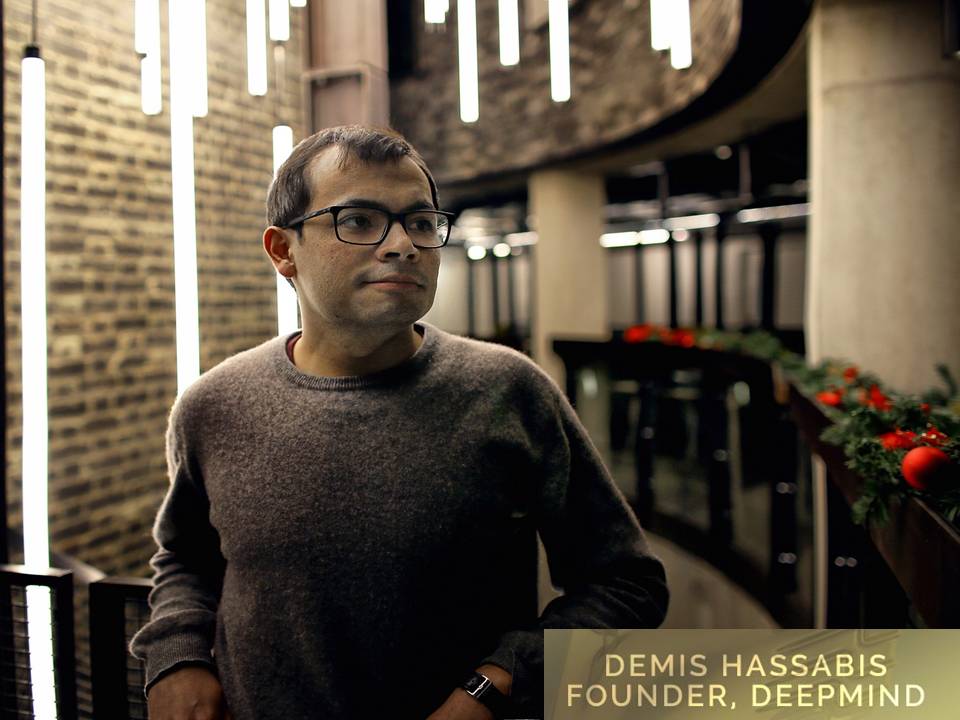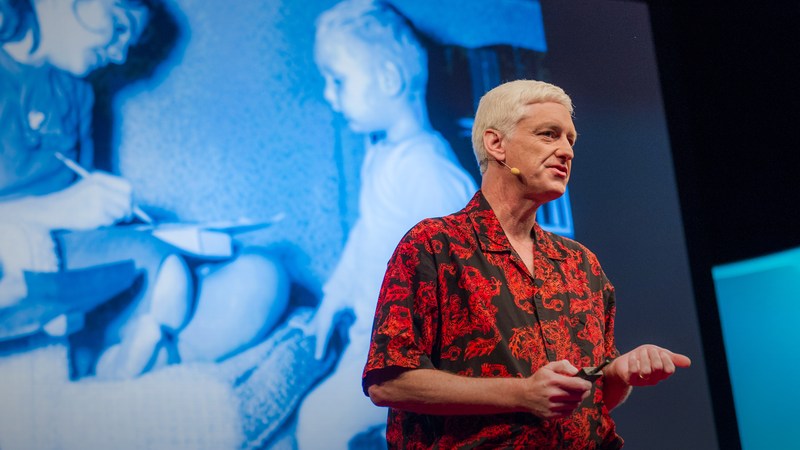Artificial intelligence and automation stand to upend nearly every aspect of modern life, from transportation to health care and even work. So how did we get here and where are we going?
We live in an age of self-driving vehicles. Robots are working alongside us.. We rely on seemingly omniscient digital assistance. Advances in algorithms, sensors, and automation technology, stand to upend nearly every aspect of modern life from work to healthcare and even how we think of ourselves..
MELONEE WISE, CEO, FETCH ROBOTICS
“Robots are coming out of their cages.”
As a tool, artificial intelligence might extend human skills or it might make them obsolete..
SEBASTIAN THRUN, FOUNDER, UDACITY
“Your kitchen life can be used to make great dinners. It can be used to kill somebody and it’s up to you to make that choice. Artificial Intelligence is a tool just like this except it’s a mental tool..”
So how did we get here and where we are going?
As early as the 1940s, the first modern automation began to show up in factories. Computers were still decades away from becoming personal. By the late 50s and early 60s, computer scientists were already trying to figure out the big question: Will robots make our lives better or will they replace us entirely?
On one side was John McCarthy with artificial intelligence or AI..

JOHN MARKOFF, AUTHOR, MACHINES OF LOVING GRACE
“It was roughly the study of a set of technologies that would sort of mimic or replicate human, human capabilities whether they were intellectual or physical.”
On the other side was Douglas Engelbart‘s idea of intelligence augmentation or IA.

JOHN MARKOFF, AUTHOR, MACHINES OF LOVING GRACE
“That sort of led to the things that would become the internet and personal computing. So you have these two philosophies. It’s interesting they sort of form both a dichotomy and a paradox. If you extend the human in IA sense away intelligence augmentation, you need pure humans or you can just replace them outright.”
Robots and thinking machines have long been a science fiction fantasy. But by the 1960s, they were actually becoming a reality.
JOHN MARKOFF, AUTHOR, MACHINES OF LOVING GRACE
“The first real effort to build autonomous machine that could move and reason and act in its environment was Shakey the Robot which was a project proposed by a physicist whose name was Charles Rosen at SRI in 1966. Charles Rosen (December 7, 1917 – December 8, 2002) was a pioneer in artificial intelligence and founder of SRI International’s Artificial Intelligence Center. He persuaded the Pentagon by telling them that they could work on a prototype of something that might do reconnaissance or be a guard at certain point they asked them how many guns in like carrying say both two three how many didn’t need.”

While Shakey never carried guns, it did mark the beginning of a new era of computer science.
JOHN MARKOFF, AUTHOR, MACHINES OF LOVING GRACE
“It was important because it was a platform on which the algorithms would later be used by self-driving cars the kinds of things that you use in your smartphone. There was an algorithm called A-Star that was a navigation algorithm. That is the sort of granddaddy of the way we get around with our smartphones. I think importantly to that the first work on speech recognition that was significant was done and Shakey because they were looking for some way to interact with the machine.”
Since the days of Shakey computers have advanced remarkably in their ability to think for themselves. Advanced AI has beaten humans at their own games from chess to jeopardy. Perhaps most tangibly of all, cars began driving themselves.
SEBASTIAN THRUN, FOUNDER, UDACITY
“12 years ago the idea that a computer could drive a car was completely unthinkable. We people felt something as intuitive and as hard to even explain as driving a car was reserved for the human race.”
Then the federal Defense Agency DARPA put on a self-driving car challenge. Stanford’s team led by thrown one by building Stanley a robot car that drove itself 132 miles across the desert.
SEBASTIAN THRUN, FOUNDER, UDACITY
“Our secret ingredient was AI. It was machine learning. We actually trained the robot to do the right thing back in the day between it how to vary the speed vary to steer steering wheel and so on.”
Since then AI and advanced automation have exploded. Dozens of companies are now testing self-driving vehicles. Most of us carry smartphones loaded with AI powered tools. And last year, Deep Mind AlphaGo a neural network beat us at our hardest game “GO”.

SEBASTIAN THRUN, FOUNDER, UDACITY
“That kind of proves to me that basically everything can be done. Whatever you say can’t be done, Wait a little it can be done.”
AI an automation promised faster and safer solutions to humanity’s problems..
SEBASTIAN THRUN, FOUNDER, UDACITY
“I see this world where all these basic things are so affordable and so good to us that we can free our minds to develop a humanity that’s completely unimaginable today.”
But others warn the jobless future…
MARTIN FORD, AUTHOR, RISE OF THE ROBOTS
“It’s not just about factories and when it is factories they’re becoming far more advanced but it’s also your white collar things it’s this job’s done by journalists and radiologists.”
While there have been advances, there are still limitations. Some of the most cutting-edge autonomous robots can barely do what a human toddler can do.
JOHN MARKOFF, AUTHOR, MACHINES OF LOVING GRACE
“This is McCarthy’s paradox.. John McCarthy who was the person who coined the term AI noted this originally. He liked to put his hand into his pocket and pull out a dime and you know that’s something we do without any thought. It defies the most sophisticated robotic arm to this day.”
But what AI and automation may do could forever change the world and our place in it…




